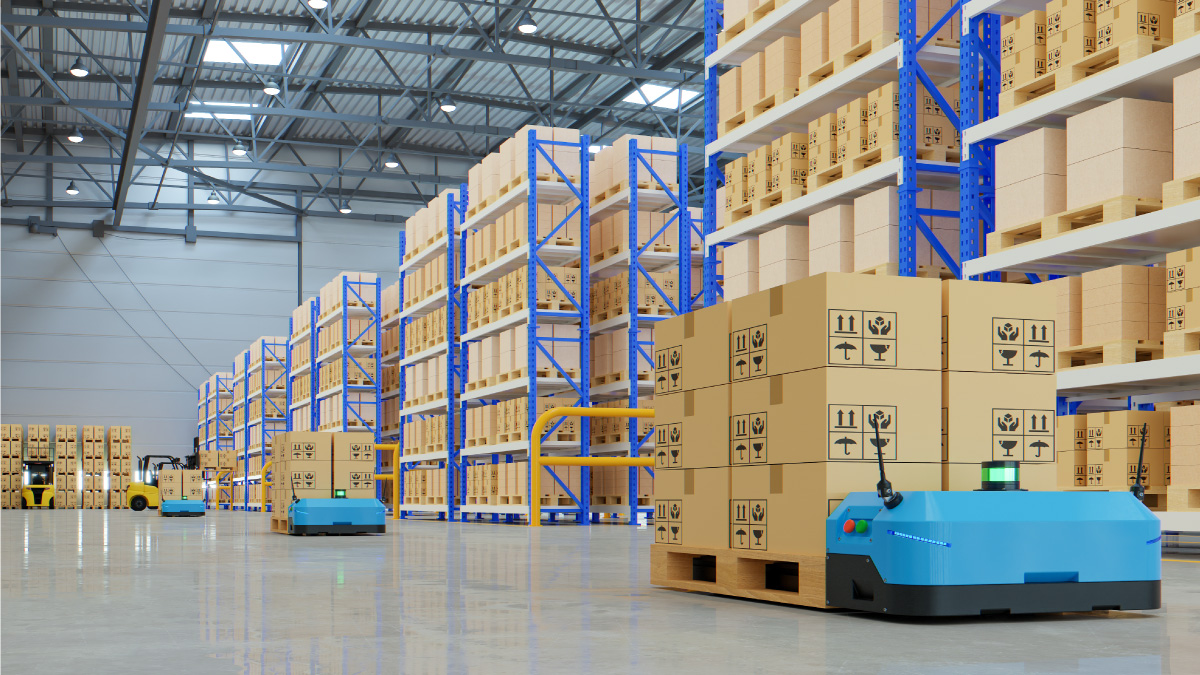The COVID-19 pandemic has vastly disrupted global distribution and movement across countries as many countries shut their borders and limited travel and transportation to prevent and contain the spread of the virus. The increased border control and customs regulations have affected the transport and logistics industry as they struggle to meet last-minute fulfillments. This has resulted in a lot of uncertainty as supply chains in logistics and transport are hindered, although differently across air, sea and freight sectors. We must then address the impact of the pandemic and analyze the ways to recover and prosper.
Addressing the impact of COVID-19 on transport and logistics
- Analyzing the pain points
The first step to address the impact of the pandemic is to analyze the existing business plan and understand the strengths and pain points of the business model. It is essential for transport and logistics companies to evaluate what to enhance, strengthen and improve along with determining the allocation of resources.
- Understanding customer expectations
Once companies have conducted an evaluation of their current business model and evaluated their pain points, they must also understand the expectations of their customers and meet them. It is essential to understand the new demands of the customers and market patterns and trends to be able to deliver effectively.
- Introducing digital technologies
Digitizing transport and logistics using technologies like automation, robotics, augmented reality, etc. can improve and enhance the operations of the transport and logistics sector. These technologies support the sector by making processes efficient and effective – revolutionizing picking, packing and commissioning processes, transport planning and customer invoicing, etc.
- Restructuring the workforce
Restructuring the workforce can help the transport and logistics sector to realign their human resources where they are suited and needed best. Redistributing teams can help the sector achieve balance in the various departments such as operations, customer service, distribution, etc.
While these efforts must be taken by the transport and logistics sector to recover from the impact of the COVID-19, this is not enough. Businesses must also prepare for the future and make transport and logistics resilient to be able to survive and thrive in a rapidly changing market landscape.
How to make transport and logistics resilient
- Effective communication
Effective communication is key to make transport and logistics resilient. Businesses need to communicate with all their stakeholders – customers, suppliers and workforce – and work proactively with them to sustain and improve their business.
- Increasing flexibility
When a business is met with obstacles, it must adapt itself and face the challenges by improving its strategies and revising its action plan. Companies must focus on reallocating and realigning their resources, inventories, capabilities and capacities to develop a resilient model. Collaboration with stakeholders and the introduction of new technologies are a few ways in which companies can adapt themselves to the changing market landscape.
- Striking a balance
The correct balance between safety, service and cost must be achieved to strike the perfect balance. Focusing more or less on a factor can cause imbalance, potentially hampering the growth and operations of the sector.
While these changes and strategies are essential to make transport and logistics resilient, these cannot be achieved without the guidance of the leaders of the industry. The leaders play an integral role in not only making decisions but also driving them.
Role of leaders in achieving business resilient
- Championing
Leaders must be at the forefront of championing changes in their business and operations, making transport and logistics resilient. Successful leadership involves promoting and achieving large scale or high impact changes in the organization. It is, thus, the responsibility of the leaders to influence and make decisions that have a large organizational impact.
- Strategic thinking
Strategic thinking involves providing the vision and mission to the organization. Leaders must keep an eye on the KPIs, understand and address the pain points within the business and continuously improve and enhance the business and its operations.
- Communication
An organization might have to make significant changes to make itself resilient. So, it is essential for leaders to communicate the need to change and make operations resilient. This will keep everyone in the organization informed and more acceptable to change. All the stakeholders must be informed about their role in making transport and logistics resilient and how they can achieve the same. This promotes a healthy communication channel and clarity within the organization.
Future of transport and logistics post COVID-19
- Leveraging technology
Using the latest technologies and trends and leveraging artificial intelligence and machine learning can help the industry to make operations more efficient and cut costs. Introducing technologies to transport and logistics can help businesses to manage people digitally, automate and streamline processes, etc.
DHL, the world’s leading logistics company, for example, has developed IDEA, an AI algorithm that can significantly improve order-picking up processes from its warehouses. The algorithm helps in clustering orders logically, optimizing picking routes by the warehouse employees. IDEA has reduced the distance travelled by warehouse employees by up to 50% and improved productivity of individual DHL locations by 30% in its first commercial deployments.
- Improving collaboration
Encouraging collaboration across departments and industries can help the transport and logistics sector to scale up and capitalize on new opportunities. Establishing forums, committees and spaces for cross-industry collaboration can open up new avenues for the transport and logistics sector.
- Going green
As the world moves towards greener choices, it is essential for the transport and logistics industry to embrace change and adopt green practices and integrate environmental considerations while making decisions, distributing and storing goods.
Green Logistics 2020 is an initiative by Alibaba to promote and implement eco-friendly practices of material recycling, green packaging, effective route planning, etc. Cainiao, the logistics arm of Alibaba is committed to the goal as nearly 100% of its products are biodegradable and nearly half of the paper packaging is tape-free. In 2020, Cainiao also used its self-developed packaging algorithms to sort products into appropriate sizes, minimizing waste from overpackaging for 12 million shipments. Consumers were also encouraged to recycle their packaging at Cainiao’s 80,000 recycling stations across China.
Conclusion
The future of transport and logistics is only possible when the sector becomes resilient. This will help the industry to tackle and overcome unforeseen challenges as it remains prepared for the same. The sector and its employees must collectively embrace and compose themselves for the future as they seize opportunities.

























